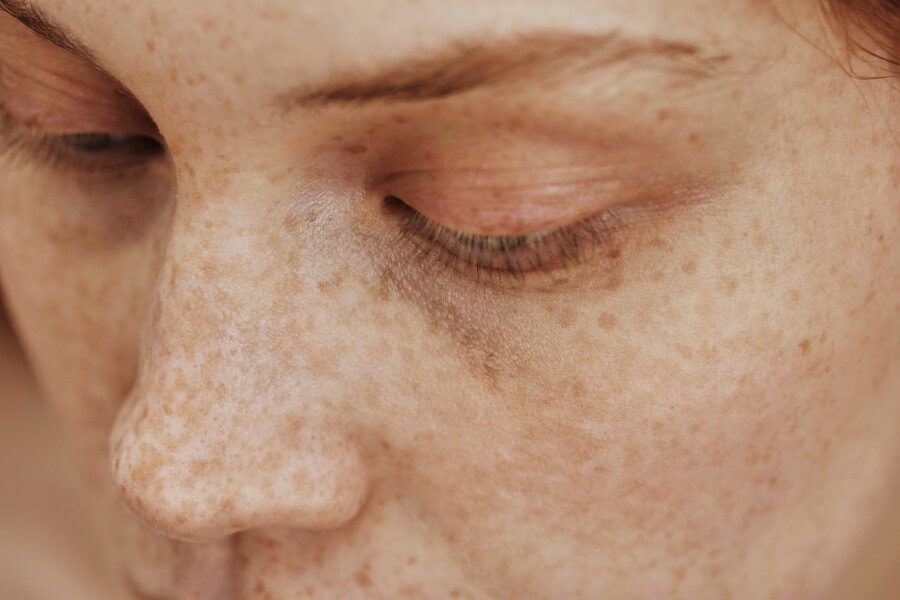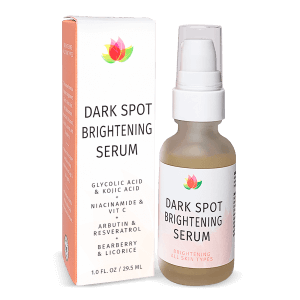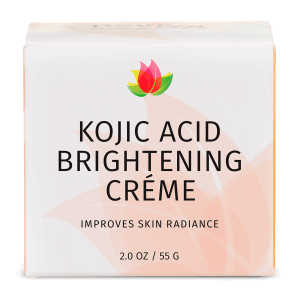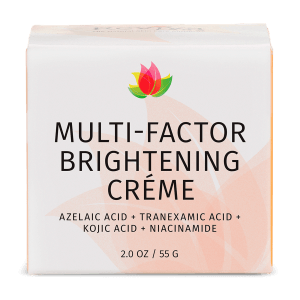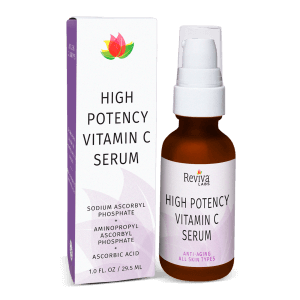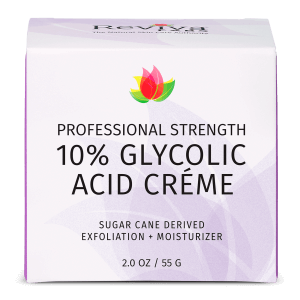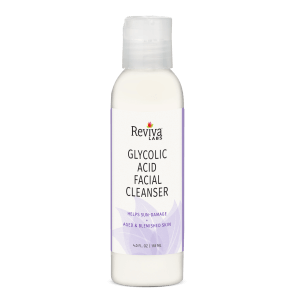Ingredients, Skin Care
Can You Really Brighten Dark Spots via Topical Skincare?
Dark spots, also known as hyperpigmentation, are a common skin concern that many people seek to address through skincare. Hyperpigmentation occurs when certain areas of the skin produce more melanin, the pigment responsible for skin color. This can result from sun exposure, hormonal changes, aging, or acne scars. The quest for brighter, more even-toned skin has led to a booming market for products that promise to lighten these stubborn spots. But do these topical treatments really work?
Understanding Hyperpigmentation
Hyperpigmentation can appear in various forms, such as age spots, sunspots, or post-inflammatory hyperpigmentation from acne or injury. It affects all skin types, although it may be more pronounced in individuals with darker skin tones. The underlying causes often influence the type of treatment that will be most effective. For instance, sun-induced dark spots might respond differently to treatment compared to those caused by hormonal changes.
Key Ingredients to Look For
When it comes to brightening dark spots, certain ingredients have been scientifically proven to be effective. Vitamin C is a powerful antioxidant that helps inhibit melanin production, leading to a brighter complexion. According to a study published in the Journal of Clinical and Aesthetic Dermatology, regular use of topical vitamin C can significantly reduce the appearance of hyperpigmentation.
Niacinamide, also known as vitamin B3, is another popular ingredient known for its skin-brightening properties. It works by interrupting the transfer of melanin to the skin’s surface, thereby reducing the visibility of dark spots. A study in the British Journal of Dermatology found that niacinamide effectively reduced hyperpigmentation in a group of participants.
The Role of Exfoliation
Exfoliation is an essential step in any skincare routine aimed at reducing dark spots. By removing dead skin cells, exfoliation helps other active ingredients penetrate deeper into the skin. Chemical exfoliants like alpha hydroxy acids (AHAs) and beta hydroxy acids (BHAs) are particularly effective. AHAs, such as glycolic acid, work on the surface of the skin to remove dead cells, while BHAs, like salicylic acid, penetrate deeper to clear out pores.
However, it’s crucial to use these products correctly to avoid irritation. Over-exfoliation can lead to increased sensitivity and worsen hyperpigmentation. It’s best to start slowly, incorporating exfoliating products a few times a week and gradually increasing frequency as your skin builds tolerance.
Sunscreen: The Unsung Hero
One of the most important steps in preventing and treating dark spots is consistent use of sunscreen. UV exposure is a significant contributor to the development of hyperpigmentation. Without adequate protection, even the most potent brightening products can be rendered ineffective. Broad-spectrum sunscreens that protect against both UVA and UVB rays are essential.
Dermatologists recommend using a sunscreen with at least SPF 30 and reapplying every two hours when exposed to sunlight. A study by the American Academy of Dermatology highlights that regular sunscreen use can not only prevent the formation of new dark spots but also help fade existing ones.
Patience and Consistency
Achieving visible results from topical treatments requires patience and consistency. Unlike more invasive procedures, such as laser treatments, topical products work gradually. It can take several weeks to months before noticeable changes occur. Consistency in application is key. Skipping days or not following the recommended usage can slow down progress.
Additionally, it’s essential to follow the instructions provided by skincare product manufacturers. Using too much or too little of a product can impact its effectiveness. Keeping a skincare diary can help track progress and identify any changes in the skin.
Possible Side Effects
While many topical treatments for dark spots are safe for most people, they can sometimes cause side effects, particularly in individuals with sensitive skin. Redness, dryness, and irritation are common reactions. It’s always advisable to do a patch test before incorporating a new product into your routine. Applying a small amount to a discreet area and waiting 24 hours can help determine if a product is suitable for your skin.
In cases where over-the-counter treatments do not yield desired results, consulting with a dermatologist may be beneficial. They can provide stronger prescription treatments or recommend professional procedures tailored to your specific skin needs.
Combining Treatments
Combining different types of treatments can enhance the overall effectiveness of your skincare regimen. For instance, using a vitamin C serum in the morning and a retinol-based product at night can provide a powerful one-two punch against hyperpigmentation. Retinol, a derivative of vitamin A, promotes cell turnover, helping to fade dark spots over time.
However, it’s crucial to introduce new products gradually and monitor your skin’s response. Some combinations can be too potent and lead to irritation. Consulting with a skincare professional can help create a balanced routine that maximizes benefits while minimizing potential adverse effects.
Natural Alternatives
For those who prefer natural alternatives, several ingredients have been shown to help with hyperpigmentation. Licorice extract, for example, contains glabridin, which inhibits the enzyme responsible for melanin production. Green tea extract, known for its anti-inflammatory properties, can also help reduce the appearance of dark spots.
Aloe vera is another natural remedy often cited for its soothing and healing properties. While it may not drastically lighten dark spots, it can support overall skin health and recovery. It’s important to note that natural remedies tend to work more slowly and may not provide the same level of efficacy as scientifically formulated products.
Conclusion: The Path to Brighter Skin
Brightening dark spots through topical skincare is indeed possible, but it requires a thoughtful approach. Understanding the ingredients and their functions, maintaining a consistent routine, and protecting your skin from further damage are all crucial steps. While results may not be instantaneous, with patience and persistence, significant improvement can be achieved. For those struggling with stubborn hyperpigmentation, seeking professional advice can provide additional solutions and guidance tailored to individual needs.
By incorporating effective ingredients, practicing sun safety, and being patient with the process, anyone can work towards a more even and radiant complexion. Hyperpigmentation may be a common issue, but with the right approach, it doesn’t have to be a permanent one.



